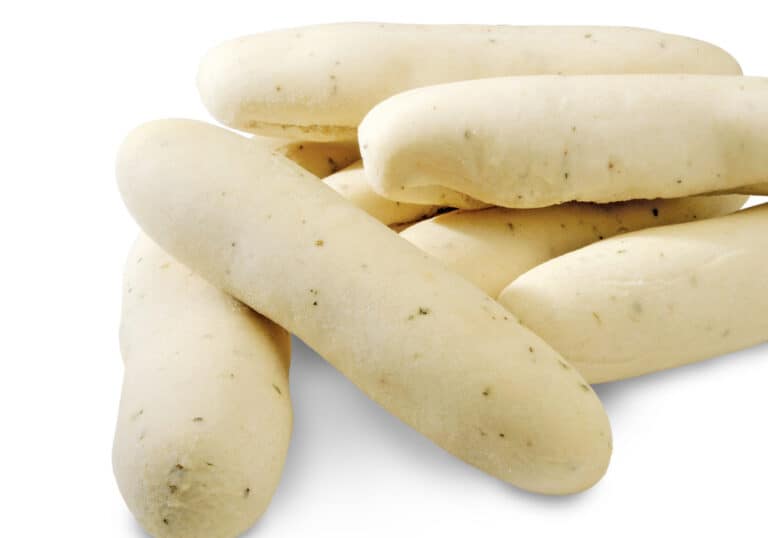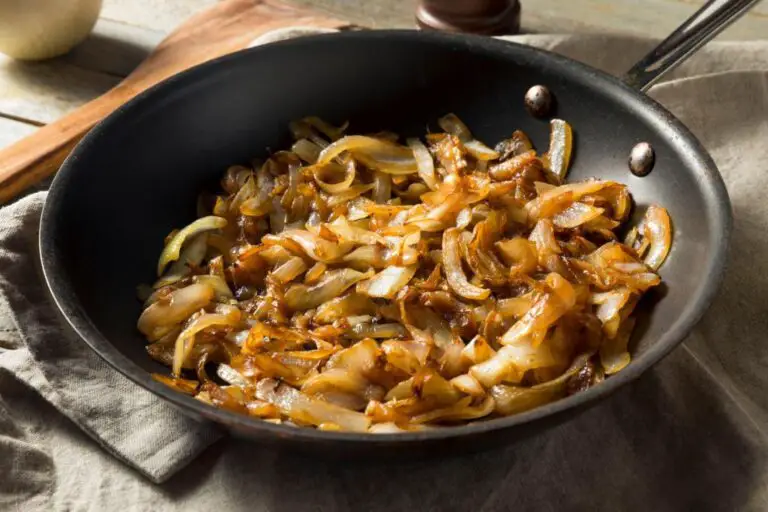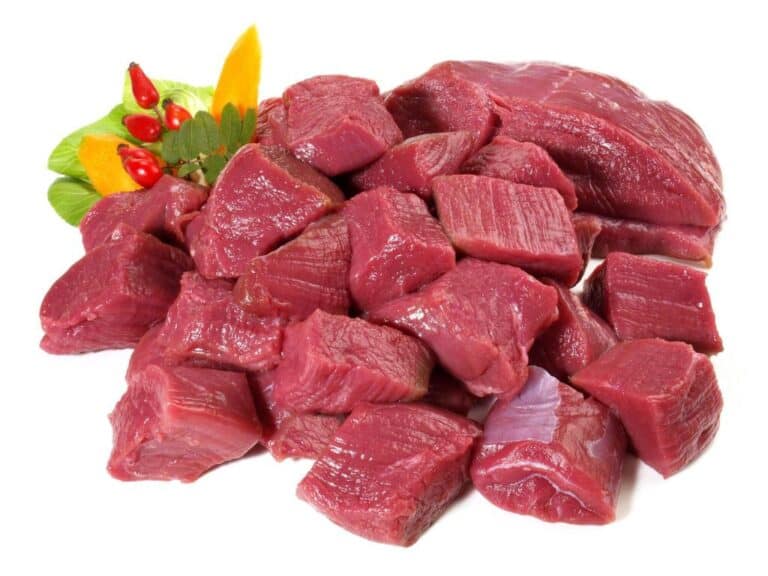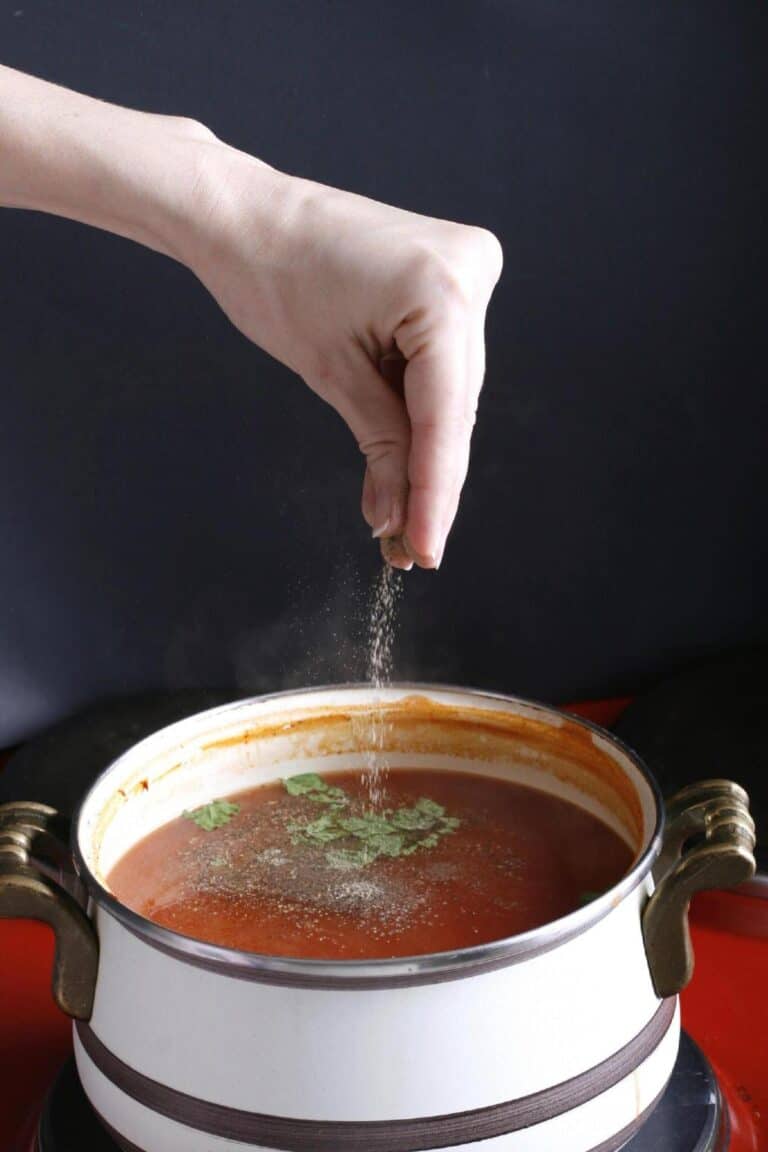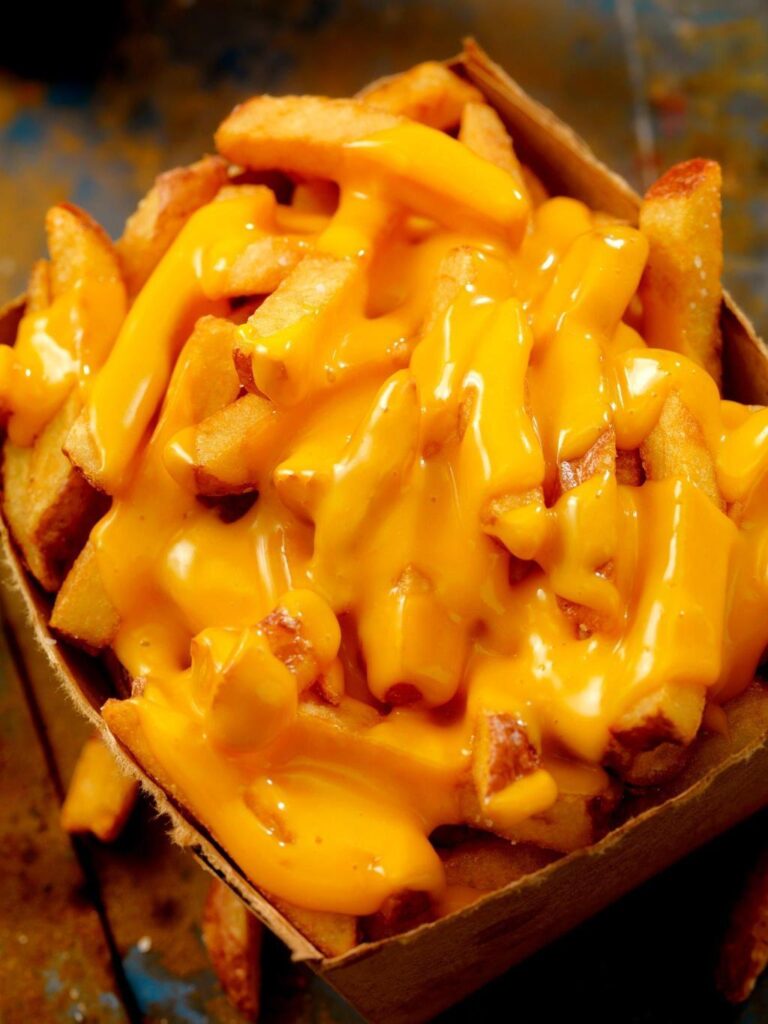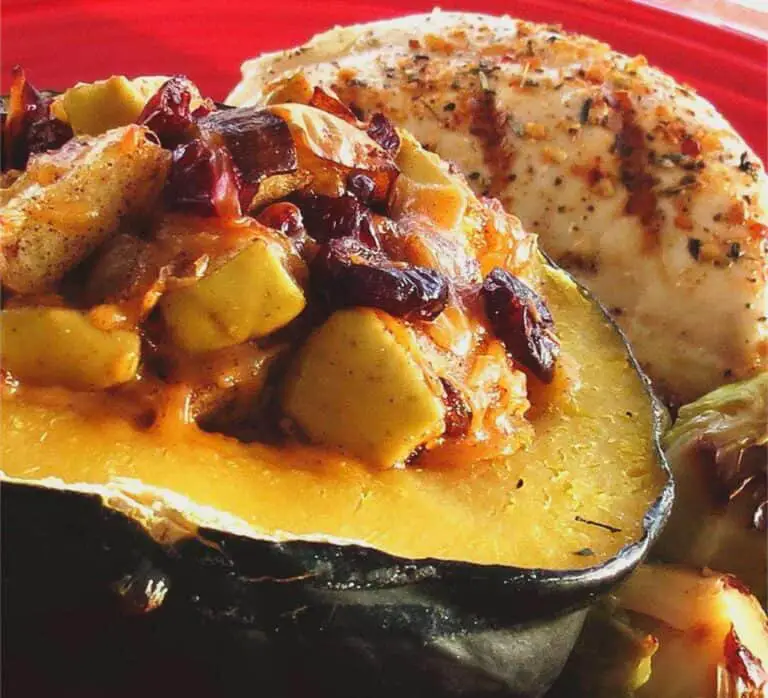A Step-by-Step Guide to Clean Cooking Grease Off Painted Walls in Minutes
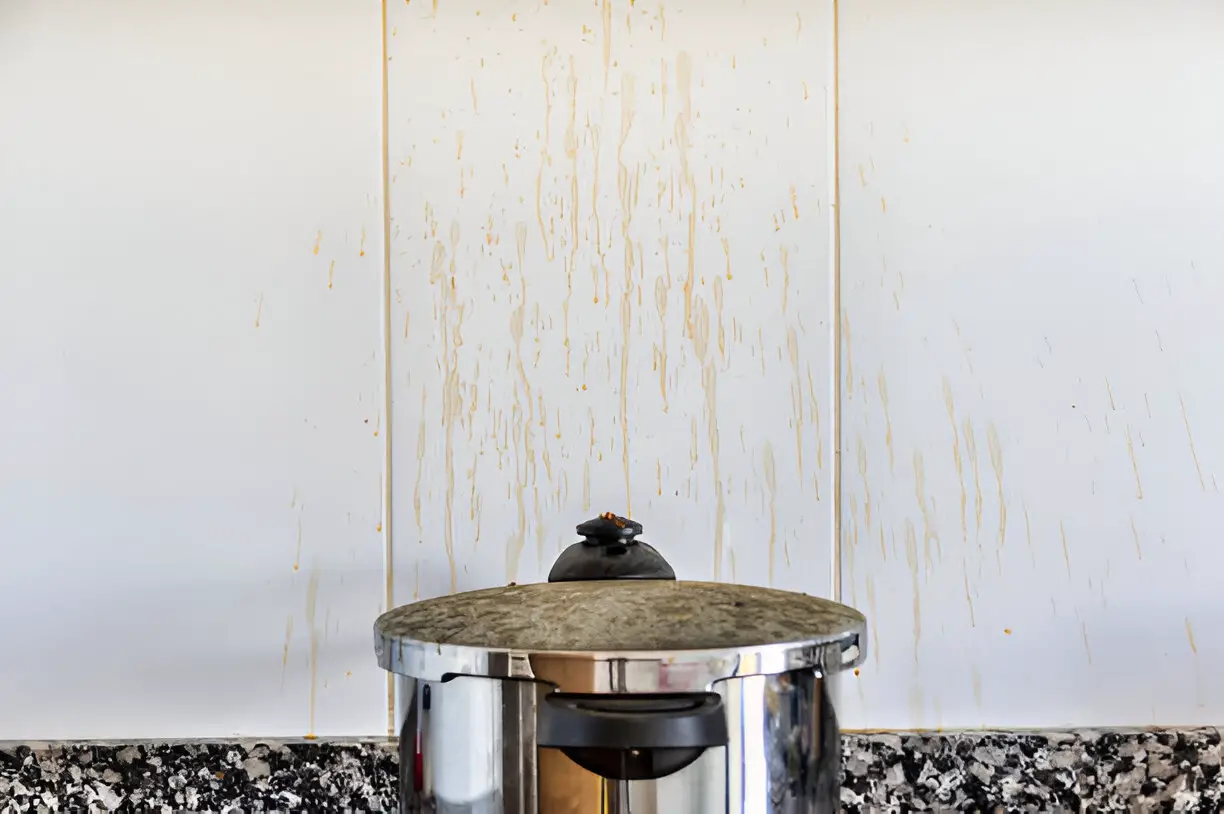
Let’s be real—cooking is fun, but it leaves behind a greasy aftermath. If you’re anything like me, you’ve probably noticed those stubborn, shiny patches of grease on your beautifully painted kitchen walls. They sneak up on you after a sizzling frying pan session or a batch of bacon gone a little too wild.
You might think, “How on earth am I going to clean this mess without stripping the paint?” Well, worry not. I’ve been there, and I’ve learned the ropes of cleaning cooking grease off painted walls—quickly and without the drama.
Why Does Grease Stick to Walls?
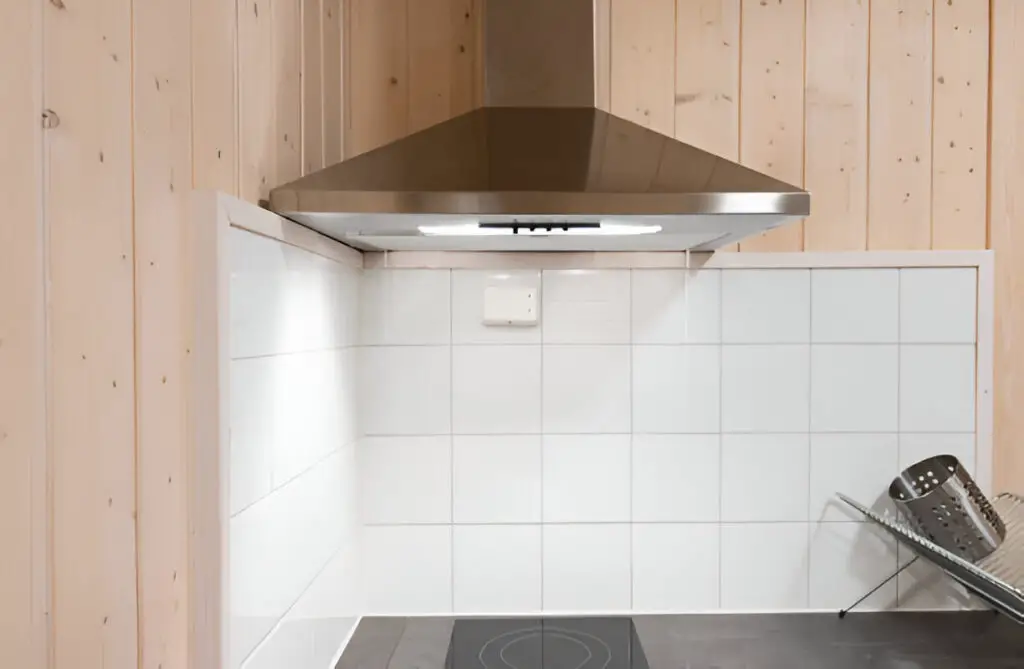
Grease, like an uninvited guest, latches onto surfaces in the kitchen—especially walls. The reason? Heat causes fats in oils and butter to evaporate into tiny particles, and these greasy little culprits find their way to walls, sticking like glue.
This is especially true if your stove or cooking area is near a painted surface. But, while grease can be stubborn, the good news is that you don’t need to break out the industrial cleaner just yet.
Gather Your Cleaning Supplies
First things first, let’s arm ourselves with the right tools for the job. You don’t need anything fancy or hard to pronounce. In fact, you probably already have everything you need right under your sink.
Here’s your cleaning arsenal:
- Mild dish soap (your everyday, grease-cutting variety)
- White vinegar (a natural powerhouse for cutting through grime)
- Baking soda (for stubborn spots)
- Warm water (not too hot, not too cold)
- Soft microfiber cloth or sponge (avoid anything abrasive)
- Spray bottle (optional, but it makes life easier)
- Towel for drying
Step 1: Prep the Area
Before diving in, make sure to clear the area around the greasy wall. If you’ve got any pictures or decorative items hanging, move them out of the splash zone. This also gives you a clean slate to work on without knocking things over.
Next, fill a bucket or bowl with warm water and add a generous squirt of dish soap. Stir it up like you’re making a sudsy potion of cleanliness.
Step 2: Wipe Down the Area with Soap and Water
Dip your soft cloth or sponge into the soapy water and gently start scrubbing the greasy areas. Don’t attack the wall like you’re scrubbing a frying pan. Be gentle, especially with painted surfaces. The goal is to clean, not peel off paint.
Work in small sections, starting from the top and moving down. Gravity works against us here—grease can drip, and you don’t want to spread it around more than necessary.
Step 3: Tackle Tough Grease with Vinegar
Some grease spots are like old, stubborn stains—they just won’t quit. This is where white vinegar comes into play. Vinegar breaks down grease like a pro. Mix equal parts vinegar and water in a spray bottle, and spritz the greasy areas. Let the mixture sit for a minute or two to work its magic.
Then, gently wipe the area again using your cloth. You should notice the grease starting to dissolve and lift away. This step works wonders, and trust me—vinegar doesn’t damage paint as long as you don’t let it sit too long.
Table: Simple Solutions for Grease Removal
| Grease Situation | Solution | Why It Works |
| Light grease splatters | Dish soap + water | Soap cuts through grease |
| Stubborn grease patches | Vinegar + water | Vinegar breaks down fats |
| Really tough grease | Baking soda paste | Baking soda scrubs without damage |
Step 4: Make a Baking Soda Paste for Tough Spots
Now, if you’ve tried soap and vinegar but that one spot of grease just won’t budge, it’s time to bring out the baking soda. Mix baking soda with a little water until it forms a thick paste. This paste is like a gentle scrub for your walls—tough on grease, but easy on paint.
Apply the paste to the grease stain, let it sit for a few minutes, and then scrub gently with a cloth or sponge. The baking soda helps lift and absorb the grease, while its mild abrasiveness helps remove the stain without scratching your walls.
Step 5: Rinse and Dry
After you’ve successfully banished the grease, rinse the area with a clean damp cloth to remove any soap, vinegar, or baking soda residue. Then, grab a dry towel and pat the wall dry to prevent any watermarks from forming. And just like that, your walls are grease-free!
| Read: Facts and Safety Concerns on Eating Distilled Vinegar |
Can I Use Degreaser on Painted Walls?
The answer to this question is a bit complicated. There are a few things you need to consider when deciding whether or not to use degreaser on painted walls.
The first thing to consider is the type of degreaser you are using. Some degreasers are harsher than others, and can potentially damage painted walls. If you are unsure about the degreaser you are using, it is best to err on the side of caution and avoid using it on painted walls.
Another thing to consider is the condition of the paint on your walls. If the paint is in poor condition, it may be more susceptible to damage from degreaser. If you are unsure about the condition of your paint, it is best to consult a professional before using degreaser on your walls.
Ultimately, the decision of whether or not to use degreaser on painted walls is up to the individual. If you are unsure about whether or not it is safe to do so, it is best to err on the side of caution and avoid using degreaser on painted walls.
Pro Tips for Keeping Walls Grease-Free
- Install a splash guard: If you tend to fry or cook with lots of oil, consider adding a splash guard behind your stove. It can be a lifesaver.
- Ventilation is key: Use your kitchen fan or open a window while cooking. This helps prevent grease particles from floating around and landing on your walls.
- Wipe regularly: Don’t wait until the grease is thick enough to see from across the room. A quick weekly wipe-down of your kitchen walls can prevent buildup.
List: Quick Recap of Grease-Busting Tools
- Mild dish soap: Everyday grease fighter
- White vinegar: Natural degreaser
- Baking soda: Tough spot scrubber
- Warm water: Basic cleaner and rinser
Final Thoughts: Clean Walls, Happy Home
Cleaning grease off painted walls doesn’t have to be an overwhelming task. With a few simple supplies and some elbow grease (pun intended), you can get your kitchen walls looking fresh in no time. Just remember, when you see those greasy splatters forming, don’t wait until they set like concrete. Stay on top of it, and you’ll save yourself a lot of time scrubbing down the road.
In my house, keeping the kitchen spotless isn’t just about aesthetics; it’s about maintaining a place where we can enjoy food, family, and laughter without the distraction of greasy wall stains staring us down. So grab that dish soap and vinegar, and tackle those greasy walls head-on—you’ve got this!

